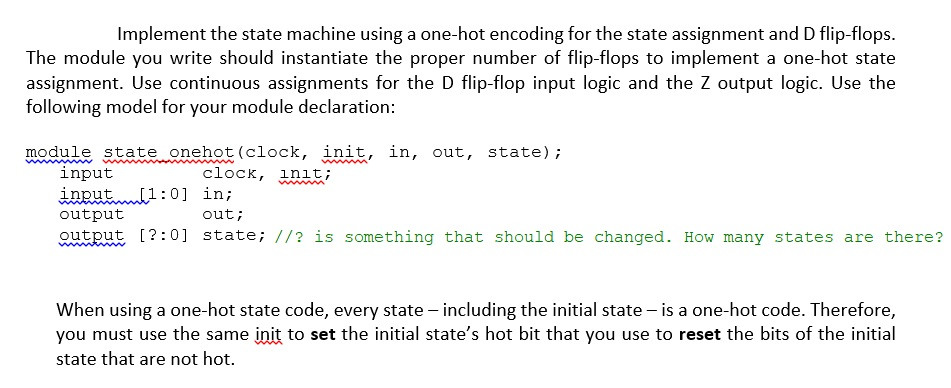Question
Imagine a state machine that has a two-bit input in[1:0] and an output out. Consider the initial state to be one where out = 0.
Imagine a state machine that has a two-bit input in[1:0] and an output out. Consider the initial state to be one where out = 0. In this state machine, all output changes should occur in synch with the clock.
The output should only change in response to the following input sequences. Each two-bit value represents an input condition that along with a clock trigger causes a state change. As indicated above, the output should only change on the clock trigger following the second two-bit value in the sequence.
The clocked input sequence ins[1:0] = 10, 00 causes the output to become 0.
The clocked input sequence ins[1:0] = 01, 00 causes the output to become 1.
The clocked input sequence ins[1:0] = 11, 00 causes the output to toggle (complement) its value.

Step by Step Solution
There are 3 Steps involved in it
Step: 1

Get Instant Access to Expert-Tailored Solutions
See step-by-step solutions with expert insights and AI powered tools for academic success
Step: 2

Step: 3

Ace Your Homework with AI
Get the answers you need in no time with our AI-driven, step-by-step assistance
Get Started


